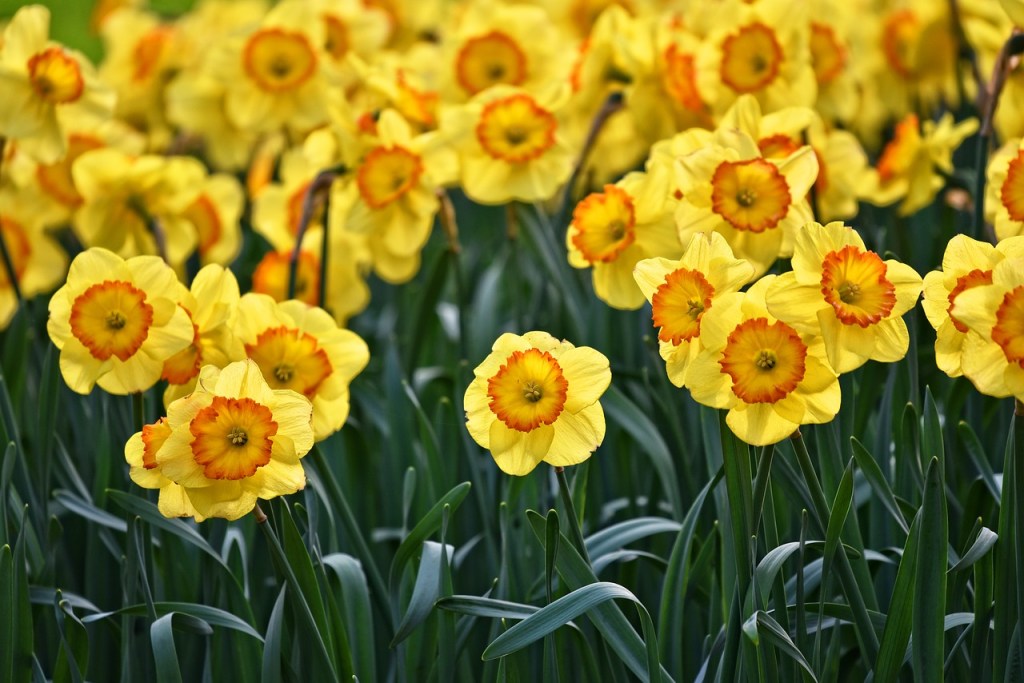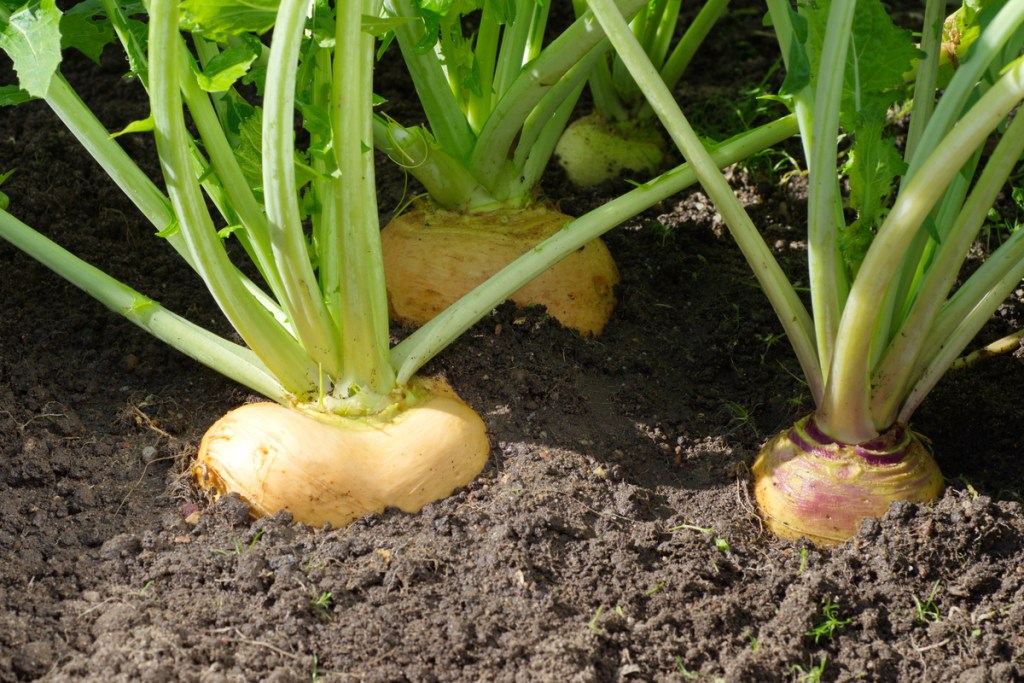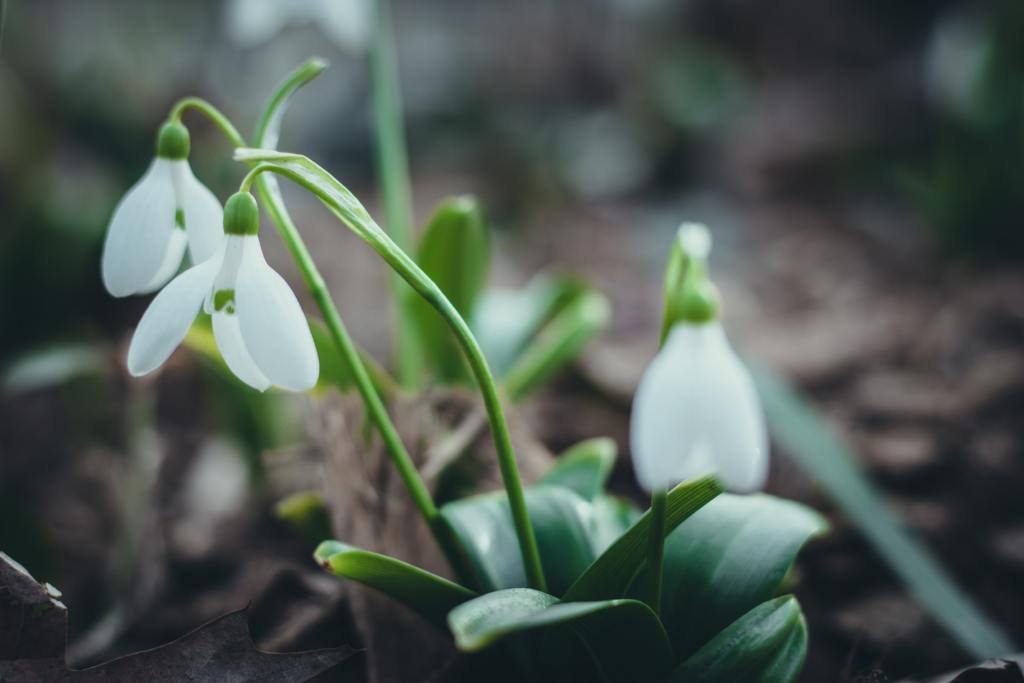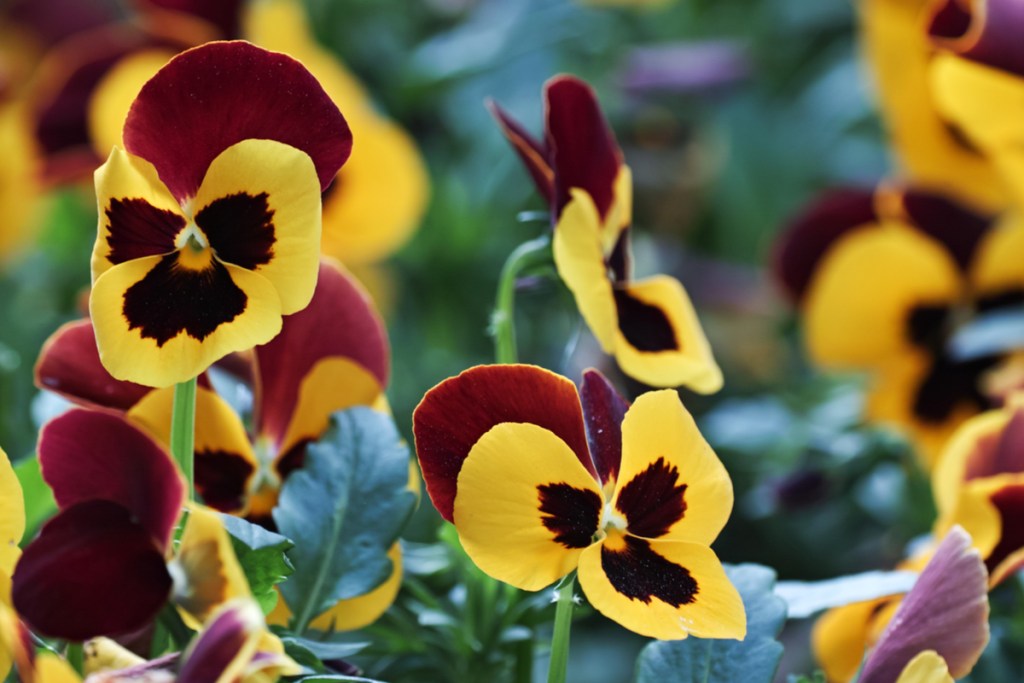November is the end of autumn and the beginning of winter, so it isn’t typically a time when people think about working in their gardens. However, November can still be a productive gardening month! We’ve prepared a list of four flowers and vegetables you can plant in your garden this November — we’ll even give you tips and tricks for growing them, what climates they grow best in, and when you can expect to see results. If you aren’t planning on planting a cover crop this winter, try out one of these four November garden plants.

Daffodils
Daffodils are spring-blooming flowers, but they’re often planted in the fall. Daffodil bulbs should be planted two or three weeks before the ground freezes, so keep an eye on your local weather for the best results. In mild climates, daffodils can be planted as late as the end of November, while cooler climates may need to plant them in September or October.
When planting the bulbs, make sure the pointed side is facing up, and plant them between four and 6 inches down, depending on the size of the bulb. Daffodils need full sun, but are otherwise easy to grow. In hot, dry climates, daffodils may need supplemental watering, but in mild climates they need only about an inch a week. Additionally, daffodils are resistant to most animals, including deer, rabbits, and voles.

Turnips
Turnips are easy to grow, and their love of cool weather and quick maturation rate makes them a great candidate for a fall vegetable garden. An important thing to keep in mind is that turnips enjoy cool weather, but they will still suffer cold damage in severe weather. Turnips take one to two months from seed to harvest and are often planted in late summer for a fall harvest. However, in hotter climates November is a great time to plant them!
Turnip seeds only need about half an inch of soil over them, but do require at least four inches of space between them to have enough room for their roots to grow. Turnips need consistent moisture to grow properly, but don’t need much else. Avoid over-fertilizing, especially with nitrogen-rich fertilizer. Nitrogen promotes leaf growth, so turnips that are given nitrogen-rich fertilizer will produce large leaves and small turnips.

Snowdrops
Snowdrops, similar to daffodils, are planted as bulbs during fall and bloom in spring. However, there are a few key differences that may make snowdrops a better fit for your garden. They are more cold tolerant and earlier to bloom. This combination means that snowdrops will, in many cases, begin blooming while there’s still plenty of snow on the ground. It also widens the planting window. In mildly cool climates (US Hardiness Zones 7 and 8), snowdrops can be planted well into November.
They’re also smaller, both in blooms and in bulbs. This makes them more likely to dry out, so be sure to plant your snowdrop bulbs as soon as you get them, and provide them with consistent moisture once they’re in the ground. Snowdrops grow best in partial shade but are otherwise hardy and easy to grow.

Pansies
Pansies are great additions to most gardens, since they’re easy to care for, come in a wide range of color combinations, and, in many cases, will bloom throughout winter. Pansies are unique on this list, since fall pansies should be transplanted as mature plants rather than started from seed (although you can start them from seed indoors and transplant them in the spring).
The best planting time for fall pansies depends on soil temperature, which means it can vary quite a bit from location to location. Plant your pansies when the soil is between 45 and 70 degrees Fahrenheit. For most places in the US, this is between September and November. Pansies do best in moist, rich soil that’s well-draining, and they prefer full or partial sun. Morning sun and afternoon shade yield the best results, but, if there isn’t anywhere in your garden that fits, pansies also do well in containers.
There are plenty of plants that you can grow in November, depending on your climate, but these four are excellent places to start. Don’t forget, you can also start plants indoors over winter and move them outdoors when spring arrives. Additionally, if you aren’t sure which plants are the best fit for you, you can always head out to your local garden store for more personalized advice in picking plants.
Editors' Recommendations
- Plant these stunning flowering shrubs for a showstopping garden display this spring
- 3 incredible reasons why you should be using coffee grounds in your garden
- Have a gross mealybug infestation on your plants? Try one of these remedies
- These plants should be among the first you plant this year
- Unique and whimsical flowers to add to your collection for a fairy-tale garden landscape this spring





